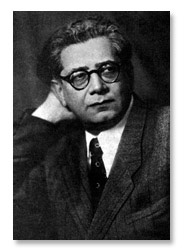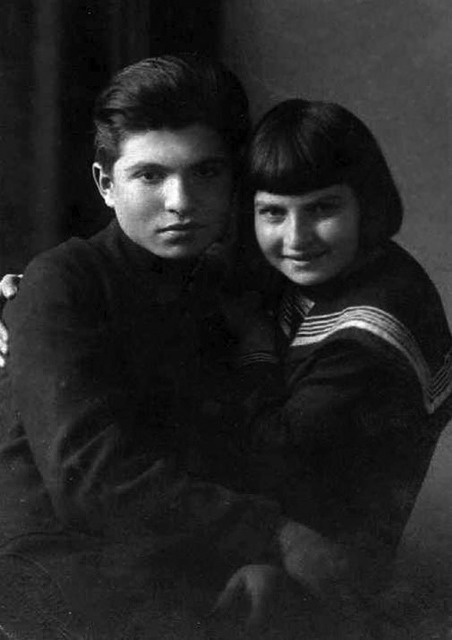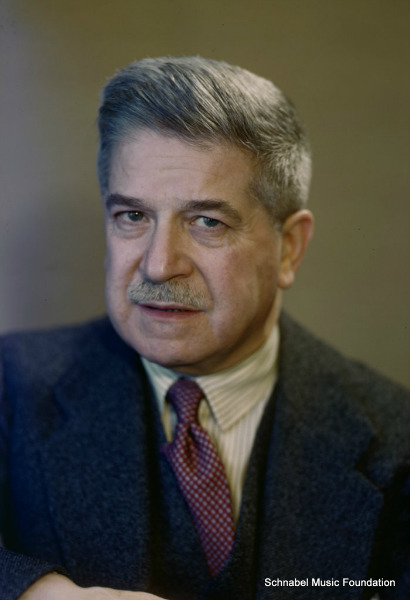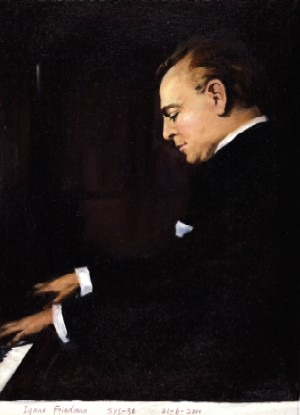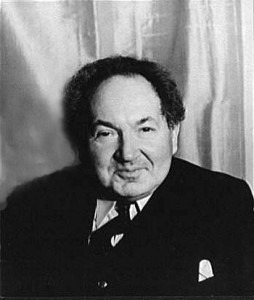
Leopold Godowsky in 1935 (photograph by Carl Van Vechten)
His first American tour began in 1884, when he was 14. By age 17 he was back in Europe, eventually becoming a protégé and friend of Camille Saint-Saëns. He gave recitals in London and Paris but in 1890, he returned to the US and remained there for the next decade, teaching at the New York College of Music, which had opened in 1878. He next taught in Philadelphia and then Chicago.
His musical teaching revolved around the idea of ‘weight release.’ This was a contrast to the use of pure muscular momentum in playing.
Fortunately for us, Godowsky was very interested in recordings and made some of his first pressings in the early 20th century. This recording of Liszt’s La Campanella comes from 1913, and once you get your ear accustomed to the surface noise, you can hear Godowsky’s artistry.
In addition to recordings, Godowsky also recorded on player pianos that had the ability to capture not only the notes he played but also his finger pressure. This performance of Schumann’s Traumerei was recorded in 1917.
On the compositional front, as mentioned above, Godowsky started writing music when he was just five. At the end of the 19th century, he began working on his 53 Studies on Chopin’s Études (1894-1914). Known as “the most impossibly difficult things ever written for the piano,” they remain a challenge for performers to this day. In addition, some of the studies took Chopin’s original and reworked them to be played by the left hand only.
Chopin: 12 Etudes, Op. 10: No. 1 in C Major, Op. 10, No. 1 (Boris Berezovsky, piano)
Godowsky: 53 Studies on the Chopin Études: No. 1 in C Major, Op. 10, No. 1 (1st version) (Boris Berezovsky, piano)
Godowsky: 53 Studies on the Chopin Études: No. 2 in D-Flat Major, Op. 10, No. 1 (2nd version – for left hand) (Ivan Ilić, piano)
The end of Godowsky’s life was one of tragic difficulty: he lost a great deal in the stock market crash of 1929, and his efforts to regain his money, through concerts and recordings, was cut short by a severe stroke that left him partially paralyzed. He never gave another public performance although he did play for his friends.

